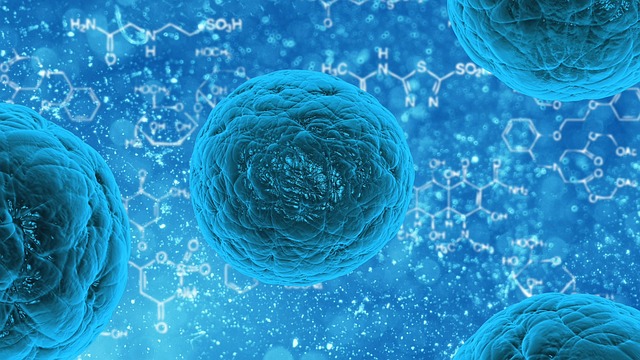It is estimated that 80% of adults in the United States will suffer from back and neck pain once or twice in their lifetime. This is usually caused by the breakdown of discs: these load-bearing structures, which cushion the spinal vertebrae, are mainly composed of a tissue called nucleus pulposus which can degenerate with age.
Scientists, who are trying to find early therapeutic options to combat degenerative disc disease, have turned to stem cells. Previous research has shown that human induced pluripotent stem cells (hiPSCs), produced directly from adult cells, can express markers for a wide variety of cells, including those that secrete nucleus pulposus (NP).
Now, a collaborative team of scientists at Washington University in St. Louis has developed a new process to generate NP-like cells from hiPSCs, one that truly goes back to the beginning and mimics the process of embryonic development. What distinguishes this study, published in the journal Stem Cell Reserch and Therapy, is, “a differentiation protocol that mimics embryonic development,” explains Lori Setton, the Lucy & Stanley Lopata Distinguished Professor of Biomedical Engineering and chair of the Department of Biomedical Engineering in the School of Engineering & Applied Science that led the research team.
The researchers, who studied developmental biology before designing their experiment, developed a series of steps to first produce one of the earliest-forming embryonic structures, the notochord. In humans, the notochord is a cartilage-like rod that turns into the spinal column during in-vitro development. “We know that the intervertebral discs arise from the notochord,” Setton said. After converting “the stem cells into notochordal cells, and only after passing through the notochordal phase, did we take them on to the intervertebral disc phase.” A chemical exposure process was then used to develop them into NP-type cells.
For Professor Setton, the multi-step process used to derive “NP-type” cells from hiPSCs provides the “quality control” needed by scientists for developing additional stem cell therapies.
Medical Press, Erika Ebsworth-Goold (17/04/2018)

